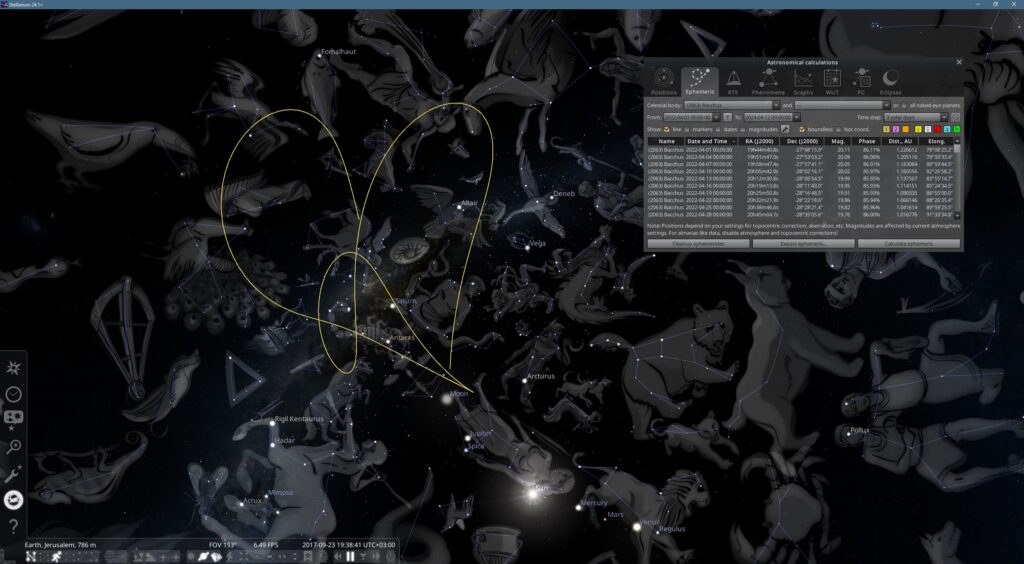Strong’s Concordance (in alphabetical order)
Strong’s Concordance is an alphabetical index of every word in the King James Bible, constructed under the direction of American theologian James Strong in 1890.
Strong’s Concordance includes:
– The 8,674 Hebrew root words used in the Old Testament. Example: אֱנוֹשׁ (H582)
– The 5,624* Greek root words used in the New Testament. Example: λόγος (G3056)
* There are 99 blank indices from G3203-3302.
New General Catalogue (in order of right ascension)
The New General Catalogue of Nebulae and Clusters of Stars (abbreviated NGC) is an astronomical catalogue of deep-sky objects compiled by John Louis Emil Dreyer in 1888. The NGC contains 7,840 objects, including galaxies, star clusters and emission nebulae.
Dreyer published two supplements to the NGC in 1895 and 1908, known as the Index Catalogues (abbreviated IC), describing a further 5,386 astronomical objects.
William Herschel’s Catalogue of Nebulae and Clusters of Stars, arranged in order of right ascension (1786) is the precursor to the NGC.
The deep sky objects are sorted by right ascension. Right ascension is the celestial equivalent of longitude on earth, while declination is like latitude. These specify an object’s celestial coordinates.
Stellarium Astronomy Software
Stellarium is a free open source planetarium for your computer. It shows a realistic sky in 3D, just like what you see with the naked eye, binoculars or a telescope. With Stellarium you can view the ephemeris (path) of asteroids, view deep sky objects (galaxies, star clusters, and nebulae), search for eclipses, and more.

Resources
- Stellarium download
- Stellarium guide (local)
- Strong’s Concordance tools:
Additional notes
I want to make it clear that I’m not suggesting that any word gloss given in Strong’s Concordance is the “correct” word to be used in the Bible by any means. I believe that the King James Bible is the perfect, complete word of God in English. What I’m showing on this website is separate from God’s word, but as I see it, connected in a special way.
Please visit KJVCode.com or Truth is Christ on YouTube to see the miraculous number patterns revealed only in the KJV, like how the entire book measures 7 to the power of 7 words + numbers, from the cover title to the last word, “Amen.”
Heaven and earth shall pass away: but my words shall not pass away. Mark 13:31
Regarding the deep sky object markers/indicators on each entry:
There is no difference between the 4-pointed star and the dashed circle; I’m just trying to use the clearest way visually to indicate each object for a particular image.
Is this astrology? Doesn’t the Bible forbid this?
It’s not my intention to promote the practice of astrology. Astrology has to do with looking at the sun, moon, and planets on a particular date in time (e.g. someone’s birthday) in order to determine the futures of peoples’ lives, their personality traits, or predicting events in the world. As far as what is shown on this website:
- This has nothing to do with any moving celestial bodies (sun, moon, planets, asteroids, etc.)
- This has nothing to do with any particular date in time.
- This has nothing to do with predicting future events (divination).
- This has nothing to do with any particular person.
Contact
To send feedback, suggestions, or corrections, please email: